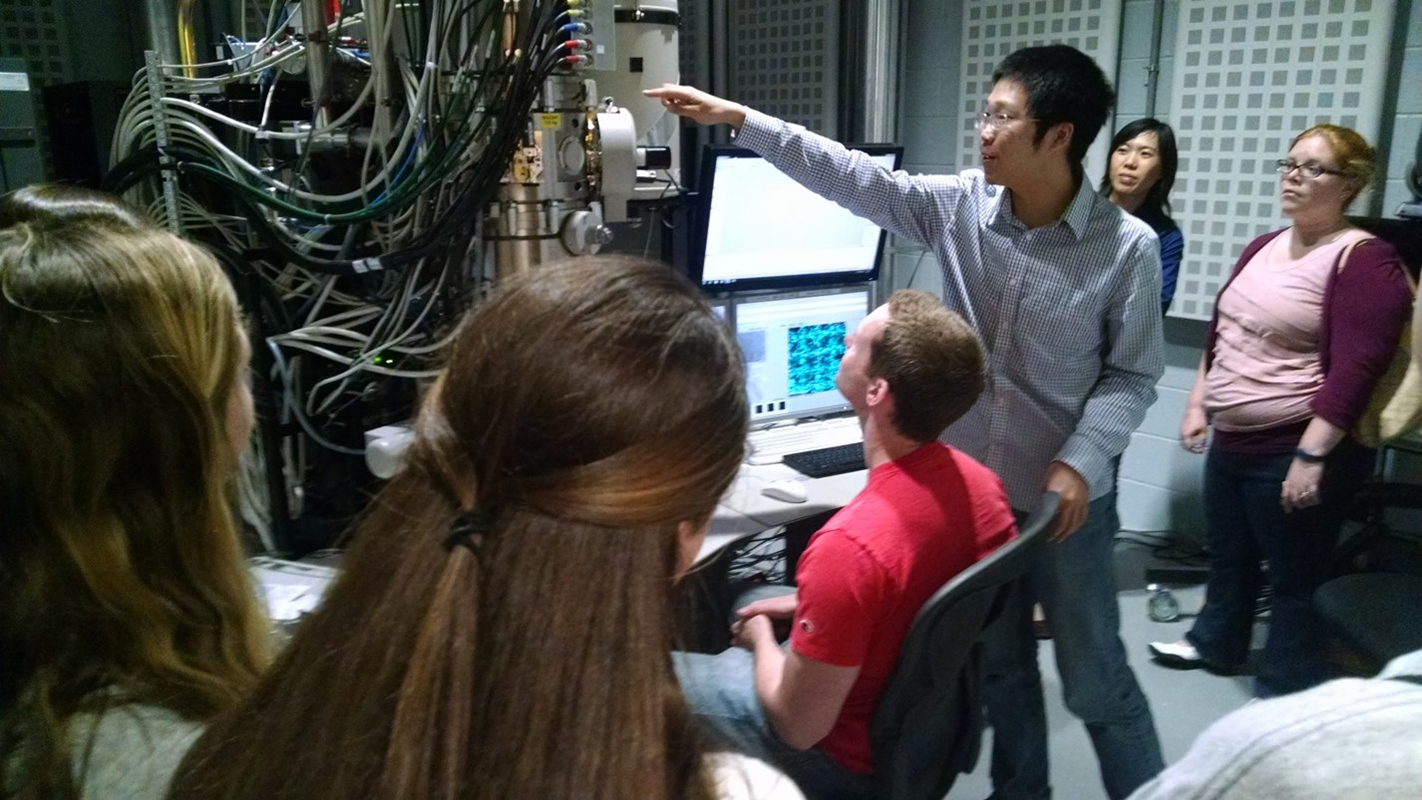materials science and engineering
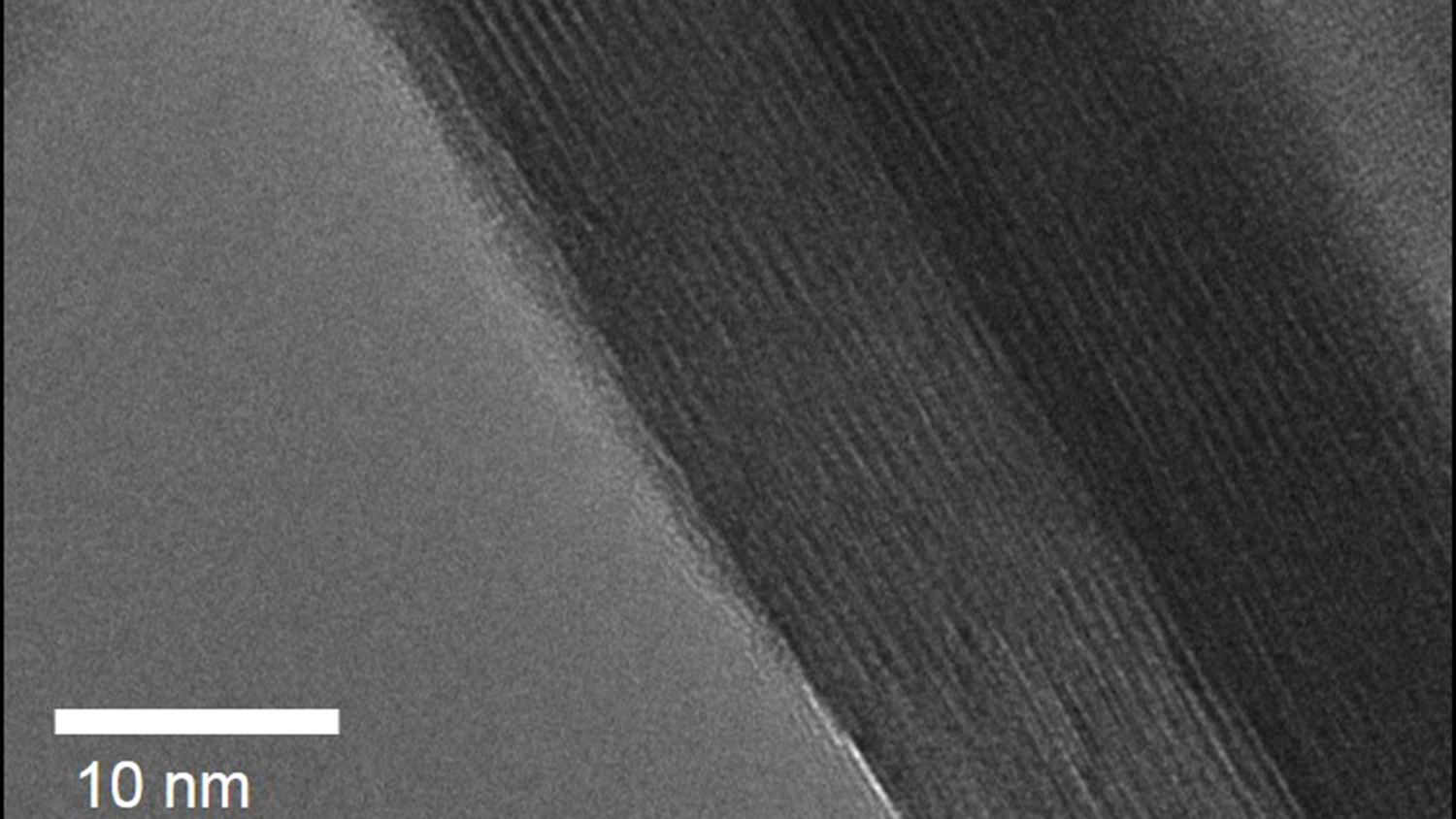
Thin Layers of Water Hold Promise for the Energy Storage of the Future

From Atoms to Batteries to the Workforce of the Future: Why Research Matters

Finding Order and Structure in the Atomic Chaos Where Materials Meet
Beyond Graphene: Advances Make Reduced Graphene Oxide Electronics Feasible
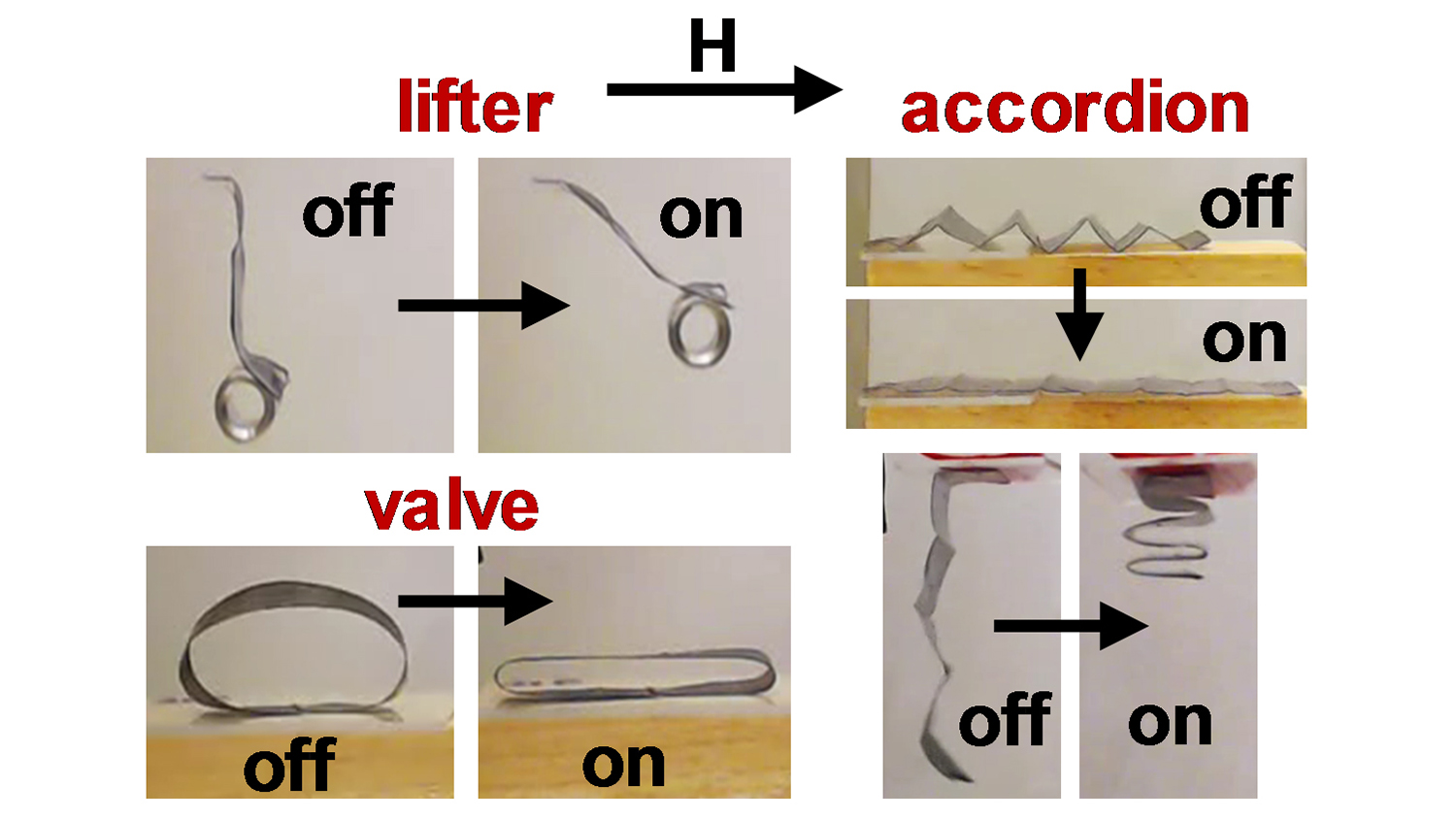
Researchers Control Soft Robots Using Magnetic Fields
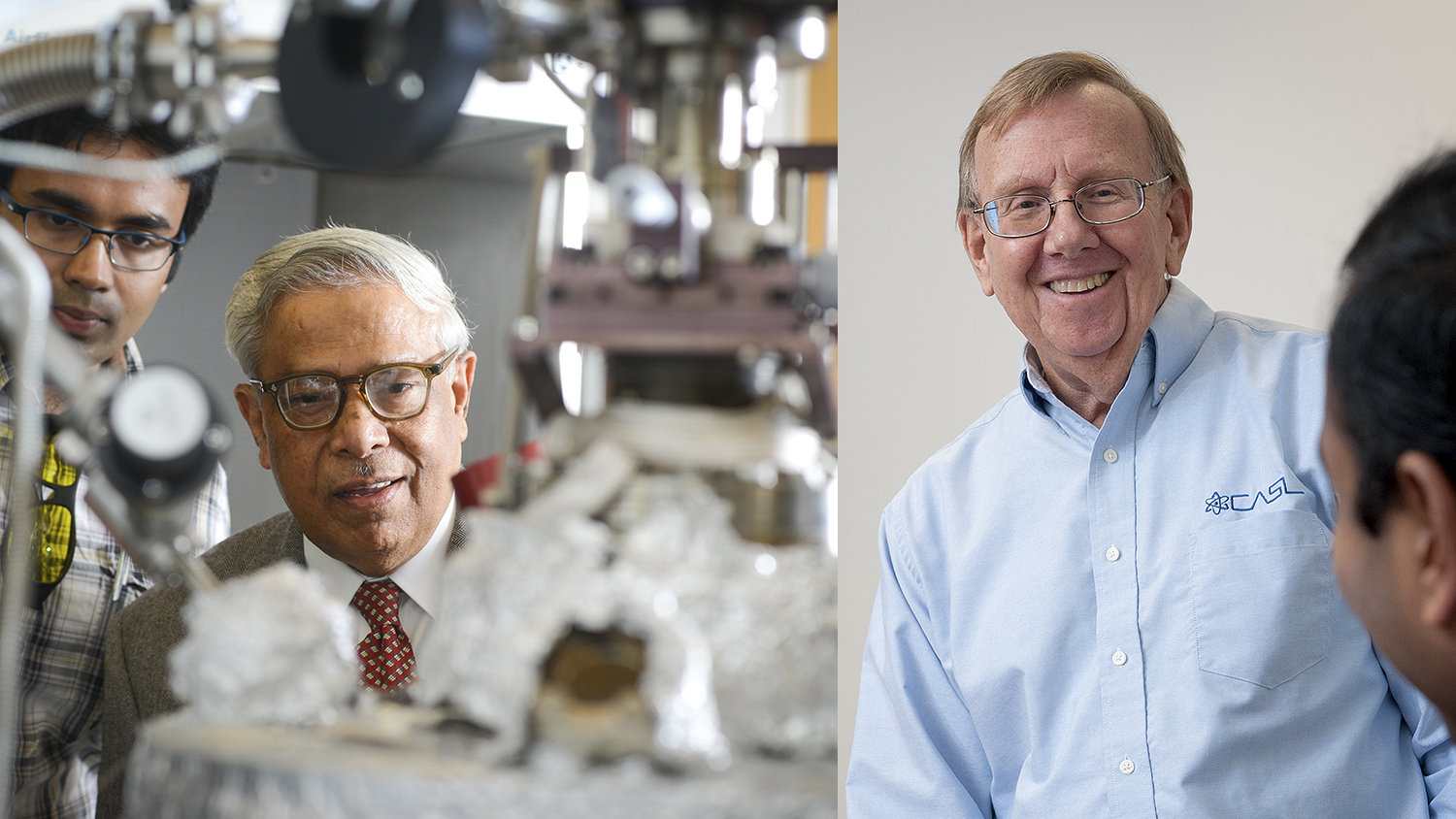
2 Elected to National Academy of Engineering
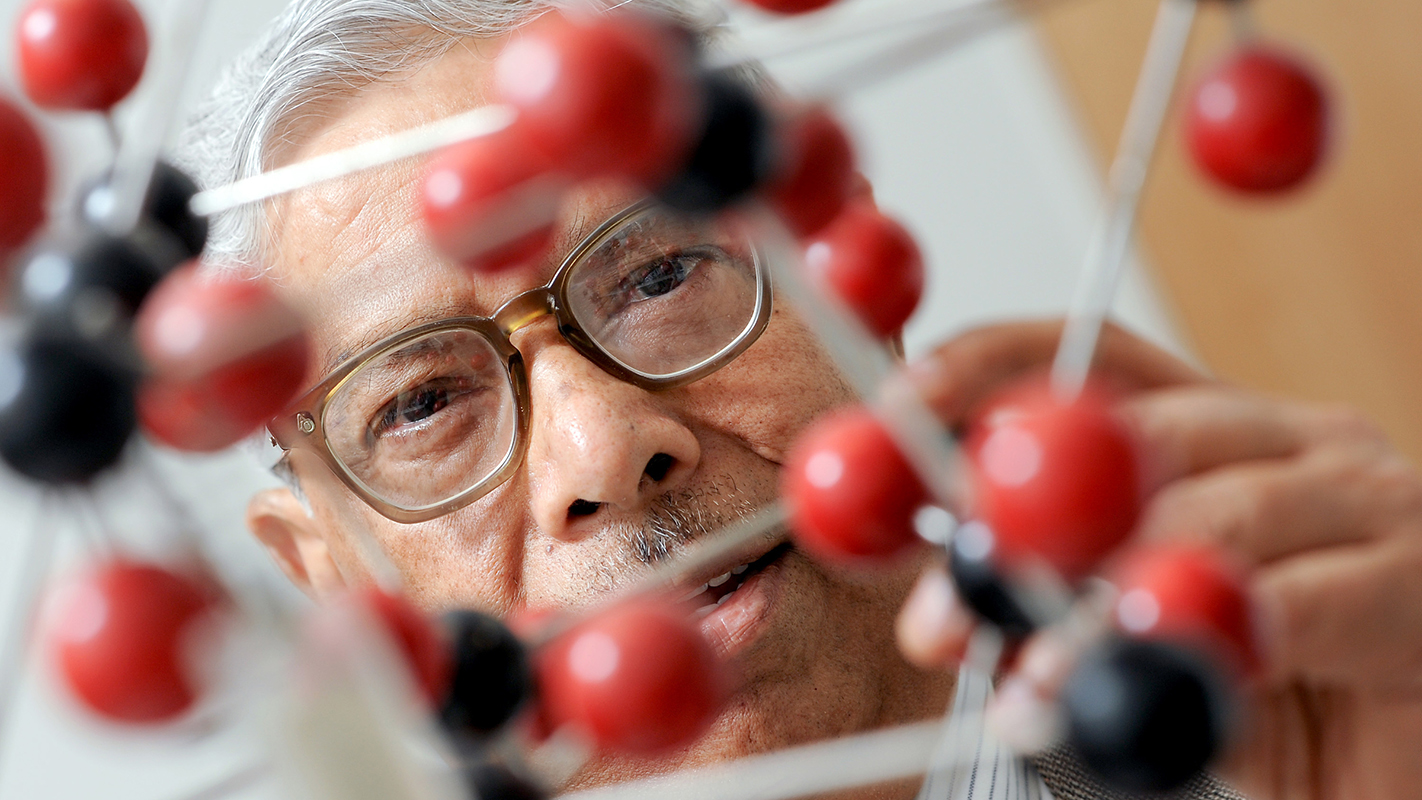
Fresh Material
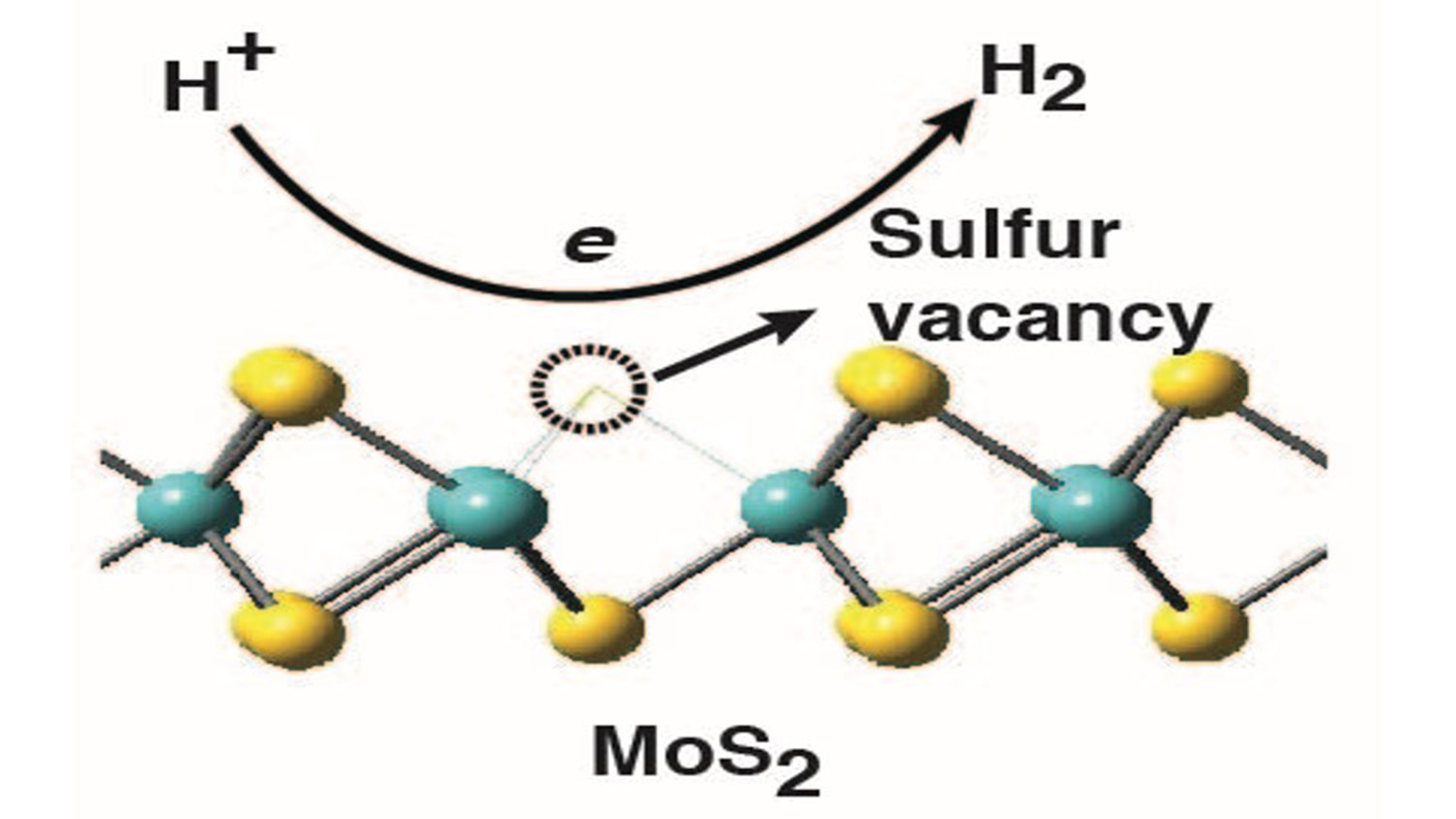
New Findings Boost Promise of Molybdenum Sulfide for Hydrogen Catalysis
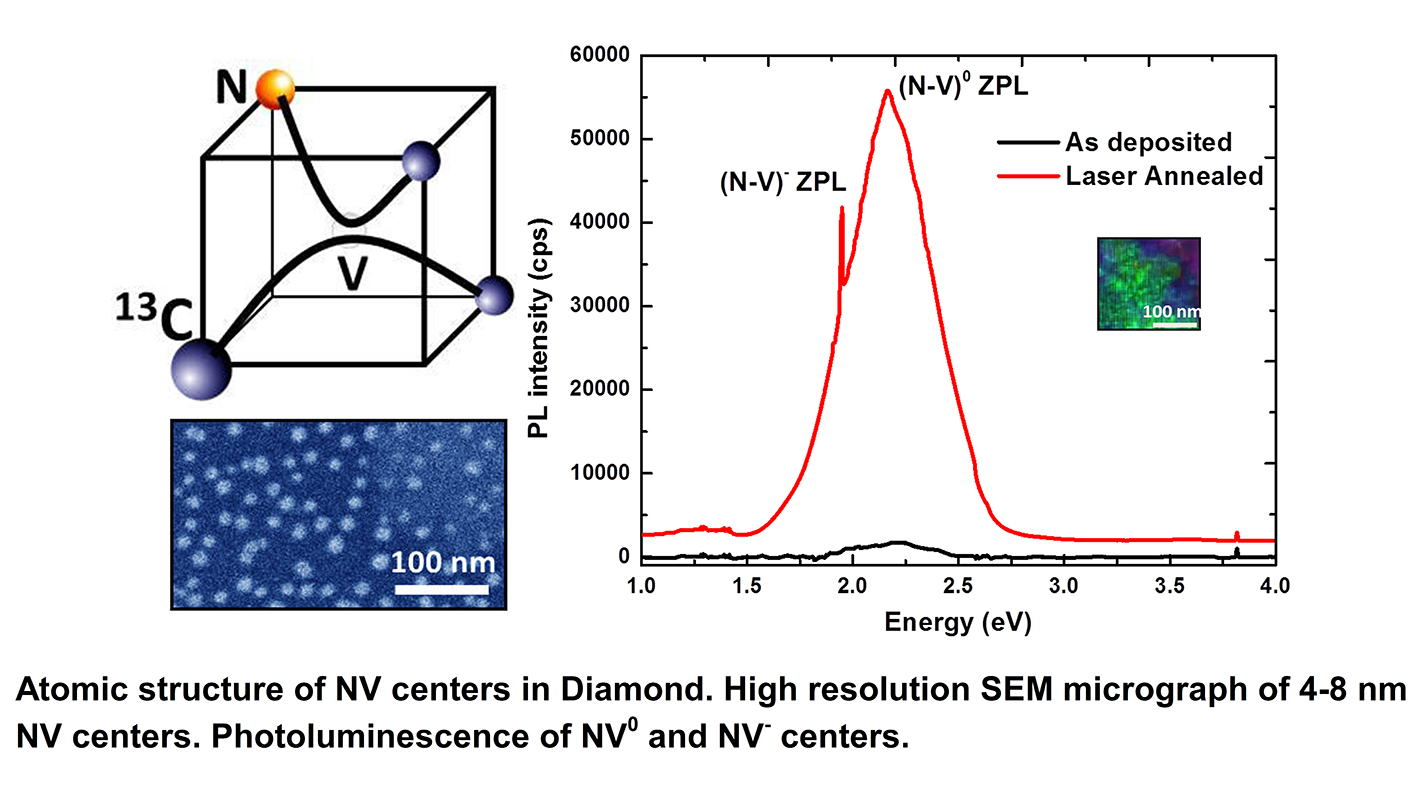
New Technique for Creating NV-Doped Nanodiamonds May Be Boost for Quantum Computing
New Approach to Determining How Atoms Are Arranged in Materials
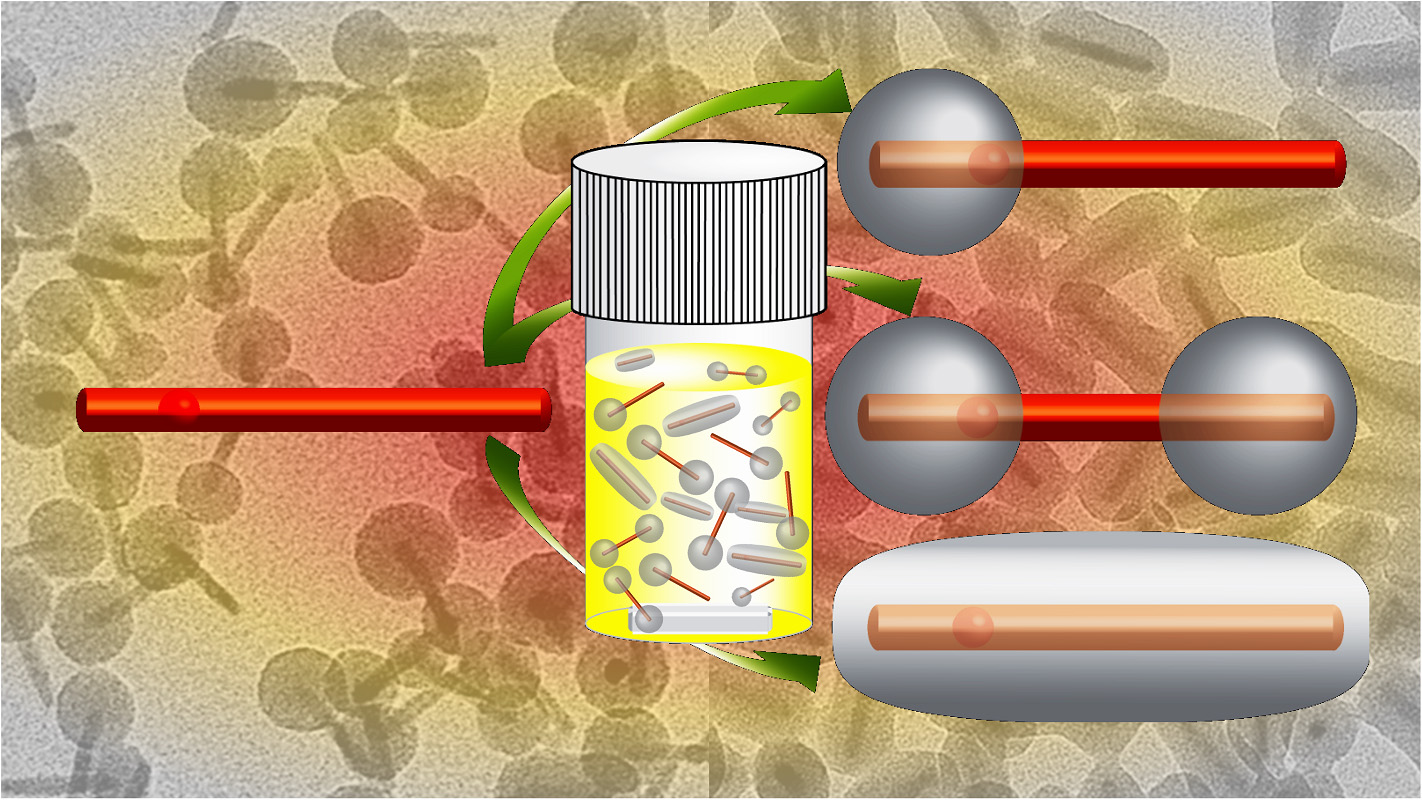
Researchers Develop Faster, Precise Silica Coating Process for Quantum Dot Nanorods
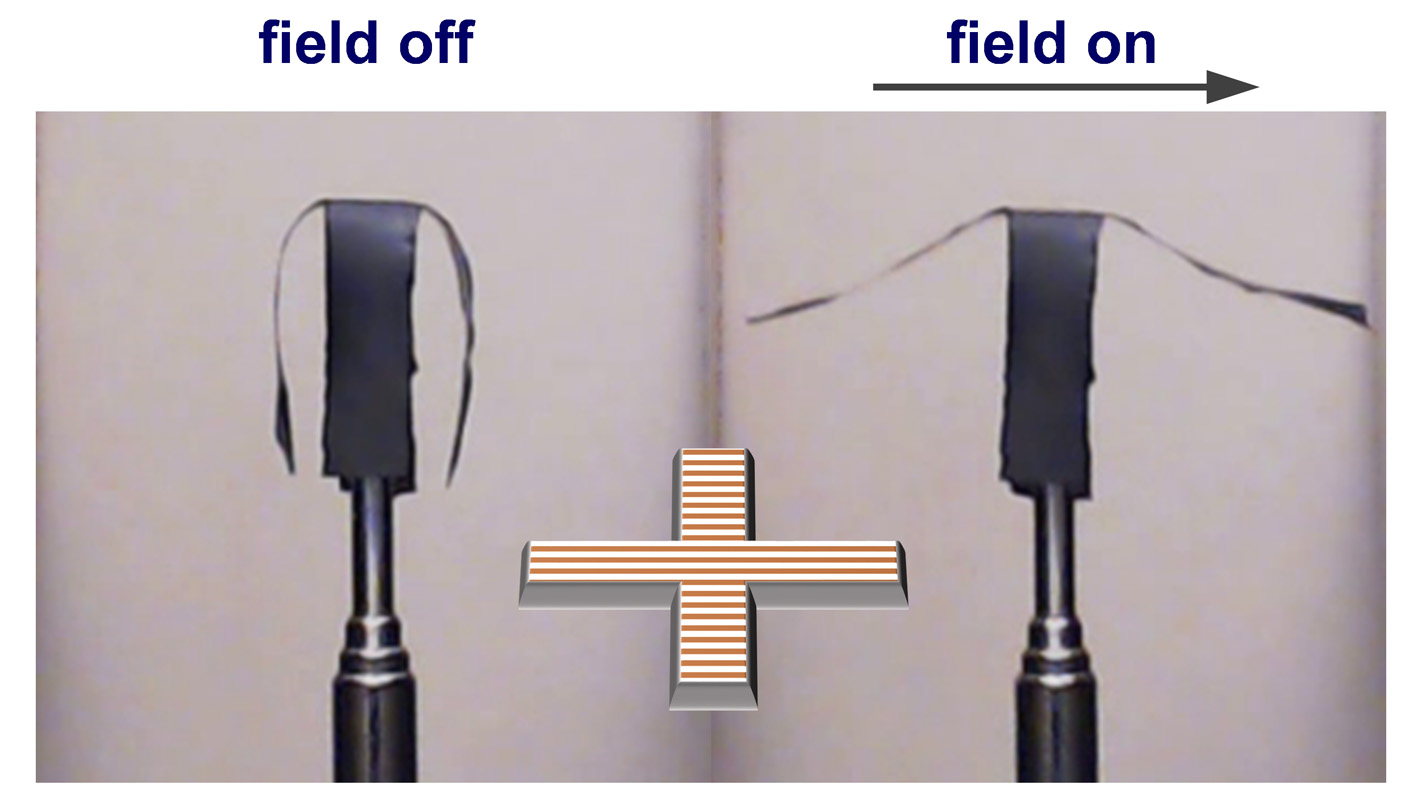
Magnetic Nanoparticle Chains Offer New Technique for Controlling Soft Robots
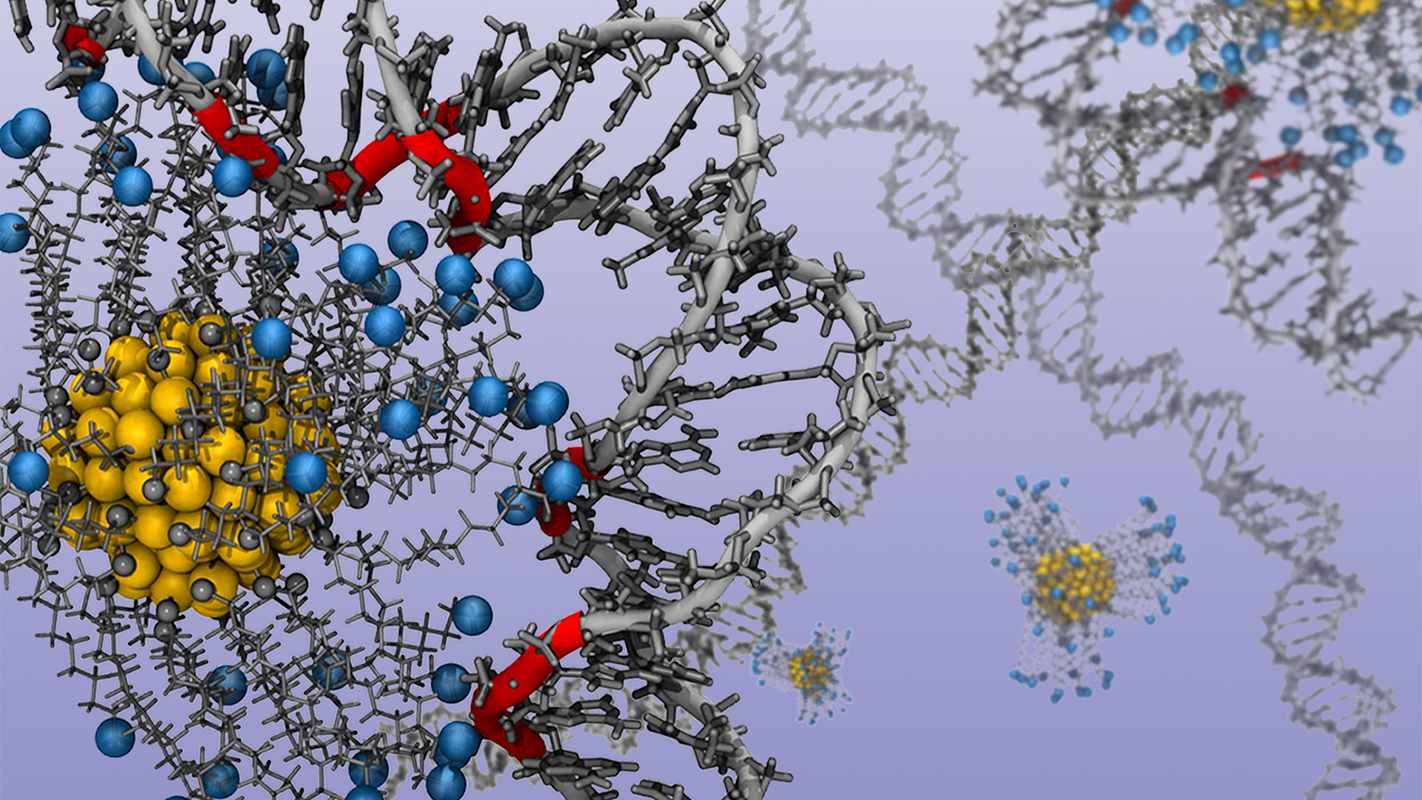
Researchers Detail How to Control Shape, Structure of DNA and RNA

Researchers Find Way to Make Metals Stronger Without Sacrificing Ductility
